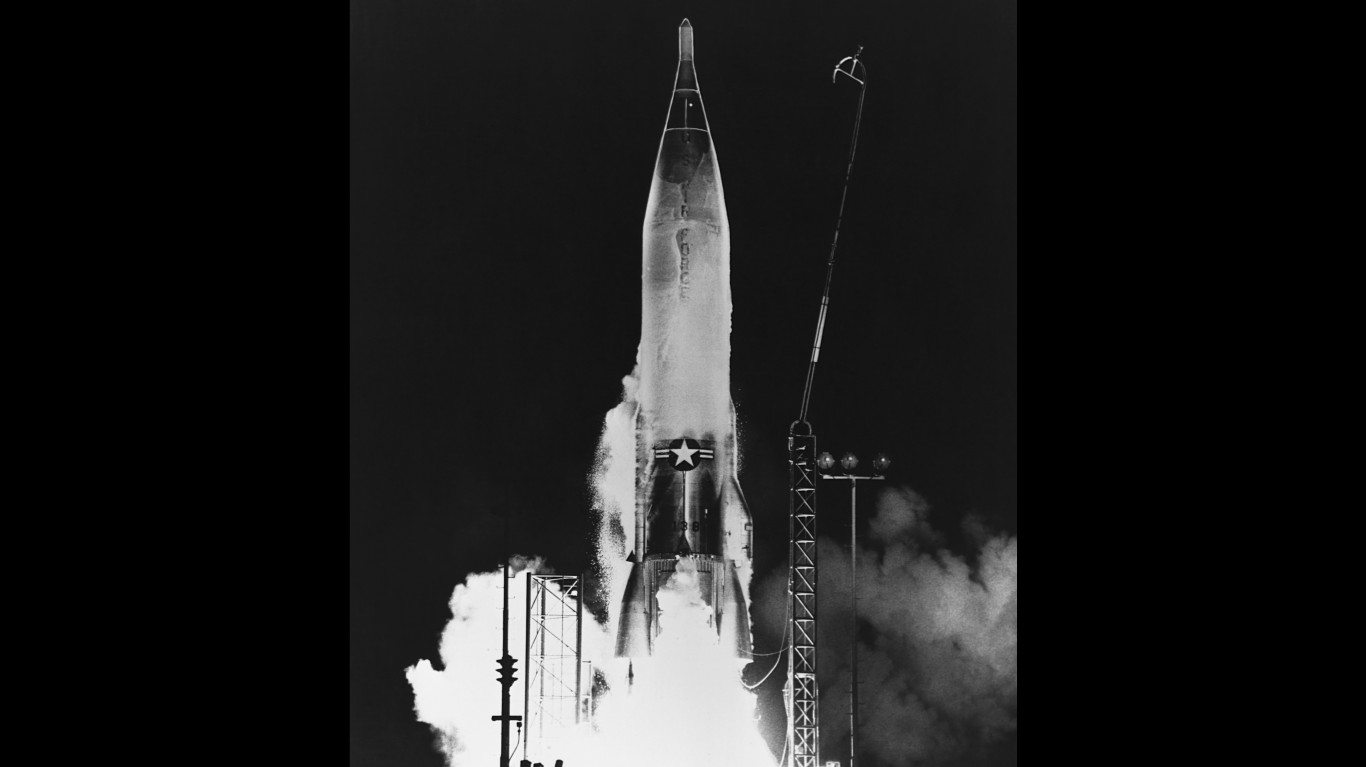
One of the scarier images from the Cold War is that of an intercontinental ballistic missile, positioned in a silo and primed for launch. An ICBM is a land-based, often nuclear-armed, ballistic missile with a range of at least 3,410 miles. It can travel a considerable distance around the Earth, sometimes through outer space in a suborbital trajectory until they reenter the atmosphere, plunging to their targets. An SLBM is a submarine-launched ballistic missile. (This is how far the most powerful missiles can travel.)
ICBMs have been part of the Russian nuclear arsenal since 1958, and the U.S. started deploying them the following year. They are a symbol of nuclear armageddon, and much of the fascination with them is the fact that they have never been used in war. So how do they work?
To put together a step-by-step breakdown of how an intercontinental ballistic missile operates, 24/7 Wall St. reviewed the phases of operation for ICBMs using sources like Interesting Engineering and Space.
There are three phases in the journey of an ICBM.
The first is the booster phase. During this phase, the rockets are propelled by either liquid or solid fuel to become airborne. Liquid propellant tends to send rockets farther. This phase usually lasts from two to five minutes until the missile reaches its intended height. ICBMs can have up to three rocket phases, with the rockets ejected at each stage after burning out.
An ICBM may be steered by fins or small thrusters. It is also guided by an inertial navigation system that employs gyroscopes and accelerometers to gauge the missile’s orientation in space and the forces that could affect it. Missile launchers have to take into account the rotation of the Earth when aiming the missile.
The second phase is when the rocket has reached space. A long-range ballistic missile can reach altitudes up to 1,100 miles. At this point, the rocket could be traveling at speeds of up to 17,000 mph. The rocket can fly that fast because there is no air resistance in space. Some missiles use technology that uses the location of stars to help them orient themselves toward their target. This is the longest phase of the flight and depending on the distance travel can last around 20 minutes.
The third phase is the ICBM’s final separation and reentry into Earth’s atmosphere. The nose cone section carrying the warhead separates from the last booster, adjusts for the target, and returns to Earth. At this point, the missile is only minutes from its target.
Some ICBMs carry more than one warhead. In 2017, The United States removed the last MIRV (multiple independently targetable reentry vehicle) from its Minuteman 3 ICBMs. These missiles will now carry a single warhead each. (This is the most powerful intercontinental ballistic missile.)
Click here to see how an ICBM works

1. Boost phase
The boost phase is the first of the three main launch phases of an intercontinental ballistic missile. ICBMs use one or more rockets to reach their intended height. This phase typically lasts between two and five minutes. Different types of ICBMs may use solid or liquid fuel.
[in-text-ad]
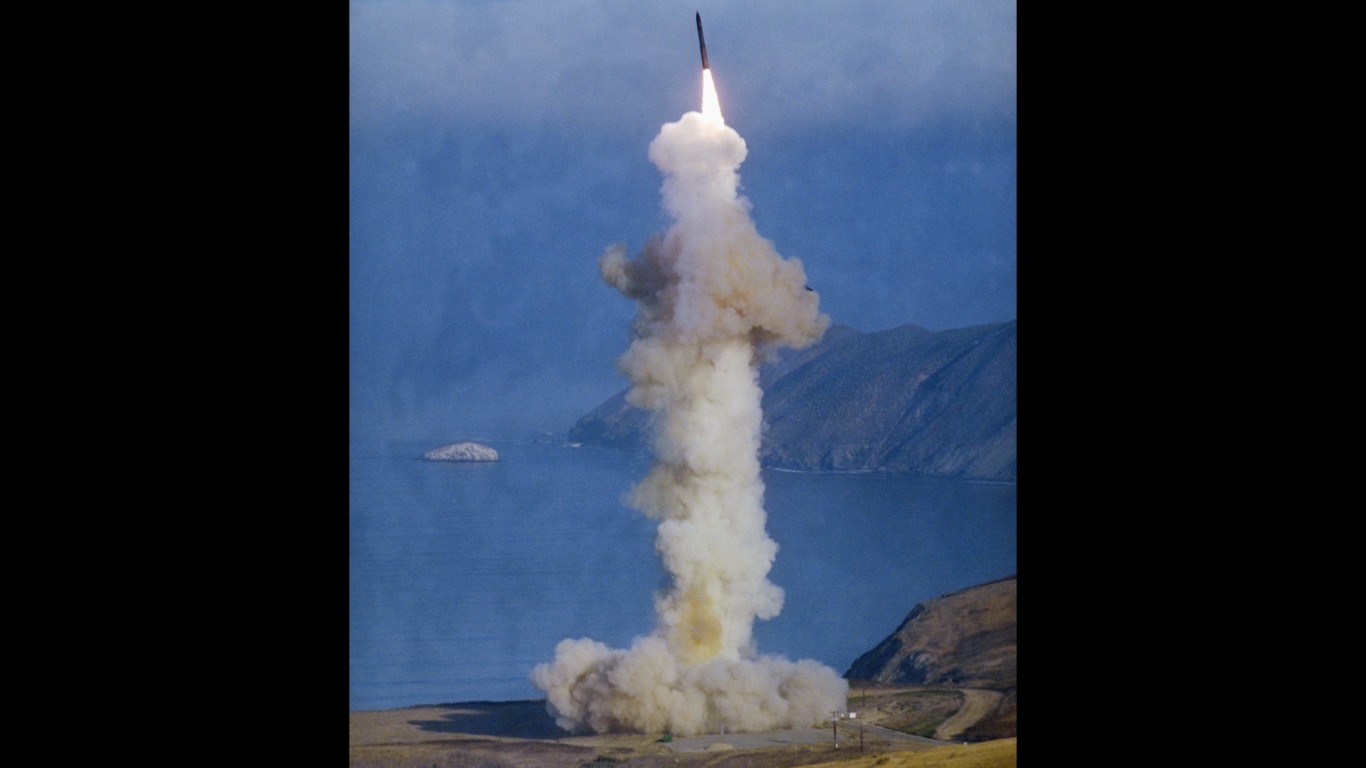
2. Additional boosts
Some ICBMs use multiple thrusters throughout the boost phase. For instance, the Minuteman III rocket has three rocket stages that propel the ICBM to its maximum altitude.
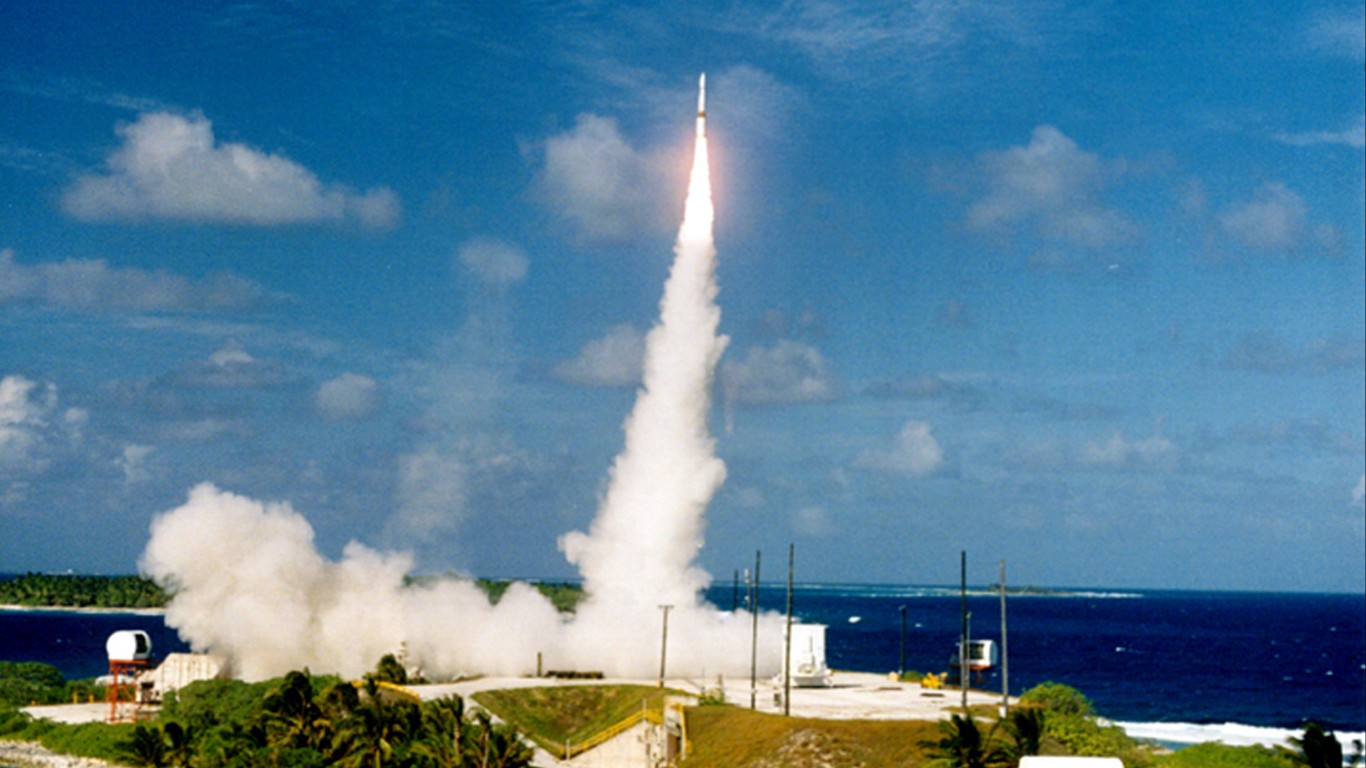
3. Midcourse phase
The second phase of an ICBM’s flight is known as the midcourse phase. This is the point in which the missile reaches outer space, reaching not only its greatest heights, but its highest speeds – potentially up to 17,000 mph.

4. Star shot
During the midcourse phase, some ICBMs use stars to orient themselves. This method, known as a star shot, allows the ICBM to position itself towards its target upon reentry.
[in-text-ad-2]

5. Terminal phase
The third and final phase of an ICBM’s flight is known as the terminal phase. The missile begins its reentry into the Earth’s atmosphere, headed to its target.

6. Warheads split off
During the terminal phase, the ICBM is still preparing itself for detonation on the target. As the payload plunges to Earth, the warhead breaks off from the final rocket booster. Some ICBMs have multiple warheads that can split off independently of one another. In some cases, each warhead is able to set different trajectories.
[in-text-ad]
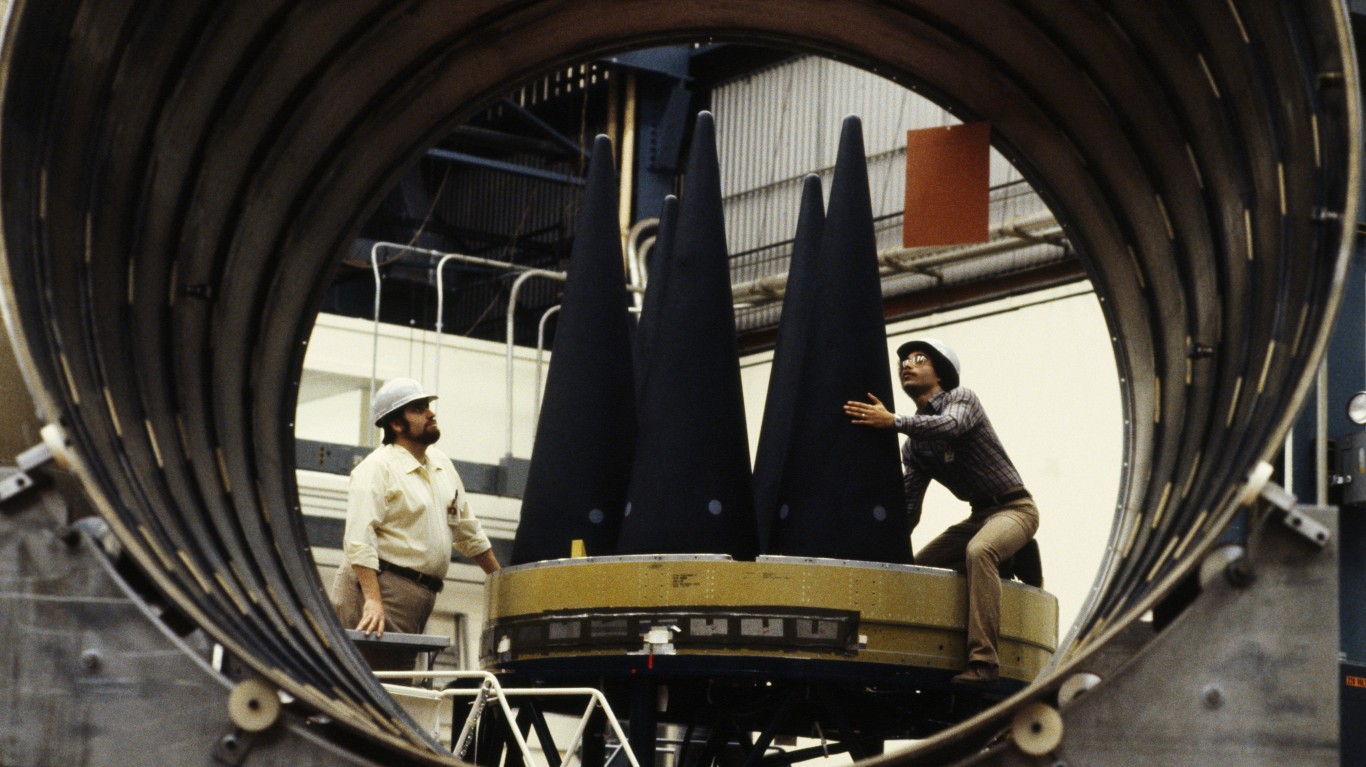
7. Thrusters aim weapons
Some ICBMs utilize rocket thrusters during the terminal phase. These are used to guide the warheads more precisely towards the target.

8. Weapons are armed
Warheads are sometimes armed on the way down to their targets. In some cases, the missiles have on-board computers that will not activate the arming sequence unless the missile is on the correct course.

9. Detonation
ICBMs can detonate their payload either in the air just above the target or upon hitting the ground. These missiles can carry warheads with payloads up to 25 megatons of TNT equivalent. Depending on the warhead yield, it could destroy an area of well over 100 square miles.
Is Your Money Earning the Best Possible Rate? (Sponsor)
Let’s face it: If your money is just sitting in a checking account, you’re losing value every single day. With most checking accounts offering little to no interest, the cash you worked so hard to save is gradually being eroded by inflation.
However, by moving that money into a high-yield savings account, you can put your cash to work, growing steadily with little to no effort on your part. In just a few clicks, you can set up a high-yield savings account and start earning interest immediately.
There are plenty of reputable banks and online platforms that offer competitive rates, and many of them come with zero fees and no minimum balance requirements. Click here to see if you’re earning the best possible rate on your money!
Thank you for reading! Have some feedback for us?
Contact the 24/7 Wall St. editorial team.
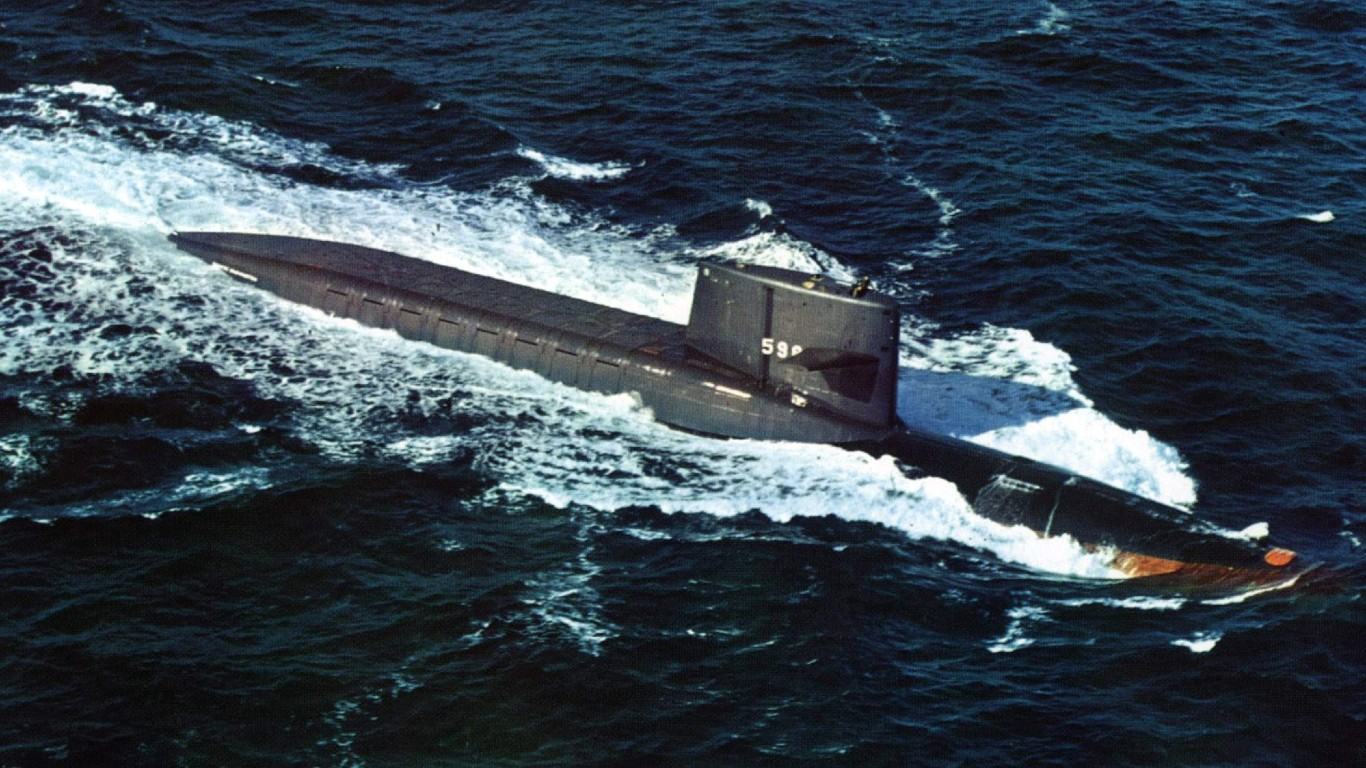 24/7 Wall St.
24/7 Wall St.